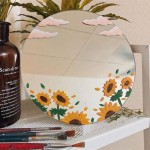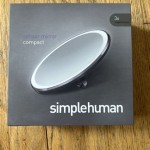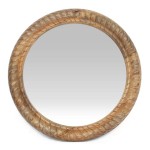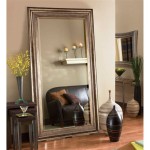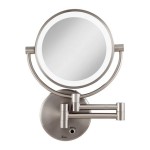How To Mirror iPhone Screen to PC via USB Cable
Mirroring an iPhone screen to a PC offers several advantages, from enjoying media on a larger display to creating high-quality recordings of presentations and gameplay. While wireless methods exist, a USB connection generally provides a more stable and lag-free experience. This article outlines how to mirror an iPhone screen to a PC using a USB cable.
Necessary Hardware and Software
* A Lightning to USB cable (the cable used for charging the iPhone). * An iPhone running iOS 11 or later. * A PC running Windows 10 or later. * Third-party screen mirroring software compatible with both iOS and Windows. Several options are available, including free and paid versions. Examples include Reflector, LonelyScreen, and ApowerMirror.
Installing the Mirroring Software
* Research and select a suitable mirroring application based on user reviews and desired features. * Download the application from the official website or a reputable software distributor. * Install the application on the PC by following the on-screen instructions provided by the software installer. * Ensure the iPhone and PC are connected to the same Wi-Fi network. This is often required even when using a USB connection for initial setup and communication.
Connecting the iPhone to the PC
* Connect the iPhone to the PC using the Lightning to USB cable. * Unlock the iPhone. A prompt may appear on the iPhone asking whether to trust the connected computer. Select "Trust" to proceed. * Ensure iTunes is installed on the PC. While not directly used for mirroring in most cases, its presence is often necessary for the drivers required to recognize the iPhone. Some mirroring software may require specific iTunes versions.
Initiating Screen Mirroring
* Launch the mirroring software on the PC. * The software should automatically detect the connected iPhone. If not, consult the software's documentation for troubleshooting steps. * Within the mirroring software interface, select the iPhone from the list of available devices. * Follow any additional on-screen prompts from the software to initiate screen mirroring. This might involve enabling screen recording on the iPhone, which is often accessed through Control Center.
Controlling the Mirrored Display
* Once mirroring is active, the iPhone's screen content will be displayed on the PC monitor. * The mirroring software may offer additional features such as adjusting the display resolution, recording the mirrored content, or taking screenshots. * Interaction with the mirrored display typically occurs directly on the iPhone itself, not through the PC. The PC acts as a secondary display.
Troubleshooting Common Issues
*
No Signal:
Verify the USB cable is securely connected to both the iPhone and the PC. Try a different USB port or cable. Restart both devices. *Lag or Stuttering:
Reduce the resolution of the mirrored display within the software settings. Close unnecessary applications on both the iPhone and the PC to free up system resources. Ensure a strong Wi-Fi connection. *Connection Drops:
Ensure the iPhone remains unlocked and the screen stays on. Check for software updates for both the mirroring application and the iPhone's iOS. Disable any power-saving modes that might interfere with USB connectivity.Alternative Mirroring Methods
*
AirPlay:
Apple's native wireless mirroring technology allows mirroring to compatible devices like Apple TV. Certain third-party software can extend AirPlay compatibility to Windows PCs. *Other Wireless Solutions:
Some mirroring applications offer wireless mirroring via local networks without relying on AirPlay. However, wireless methods can be more susceptible to lag and interference compared to USB connections.Choosing the Right Software
*
Free vs. Paid:
Free software often comes with limitations such as watermarks or limited features. Paid software generally offers more features, better performance, and dedicated customer support. *Feature Set:
Consider desired features like screen recording, screenshot capabilities, adjustable resolution, and audio mirroring. *Compatibility:
Ensure the chosen software is compatible with the specific versions of iOS and Windows being used. Read user reviews to gauge performance and stability across different devices.Optimizing Performance
* Close unnecessary applications on both the iPhone and the PC to minimize resource consumption. * Ensure the iPhone is adequately charged to prevent interruptions during mirroring. * Using a wired network connection on the PC can sometimes improve performance, especially if the Wi-Fi network is congested. * Adjust the mirroring software's settings to optimize for performance. Lowering the resolution or frame rate can reduce lag.

Best Ways To Screen Mirror Iphone Pc Via Usb Cable

4 Ways How To Mirror Iphone Pc Via Usb Airdroid

Best Ways To Mirror Iphone Pc Via Usb Without Wifi

Newest How To Mirror Iphone Pc Via Usb

How To Mirror Ios And Android Screens A Pc Via Usb Cable Airdroid Support Center

How To Mirror Iphone Pc Via Usb 4 Proven Ways Solo Net

Top 3 Ways To Mirror Iphone Pc Via Usb

How To View Android Iphone Screen On Pc Via Usb Airdroid

How To Mirror Iphone Windows Pc Laptop Mac Full Guide

Top 3 Ways To Mirror Iphone Pc Via Usb

